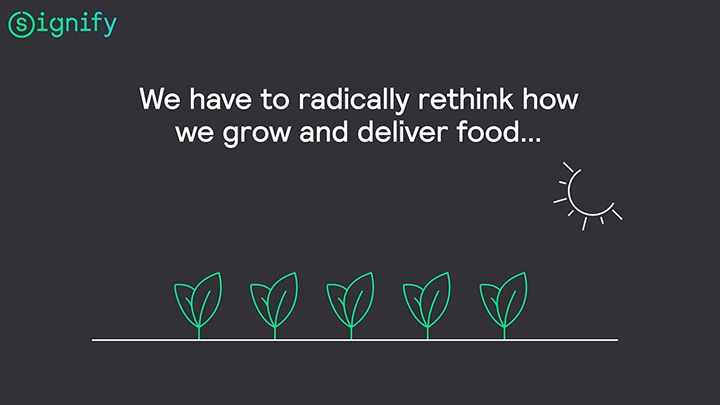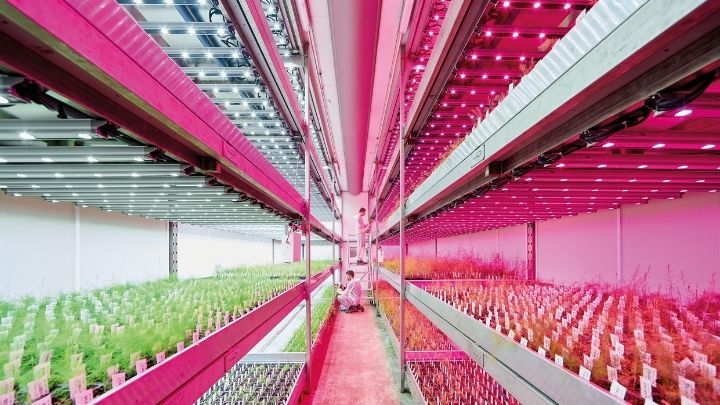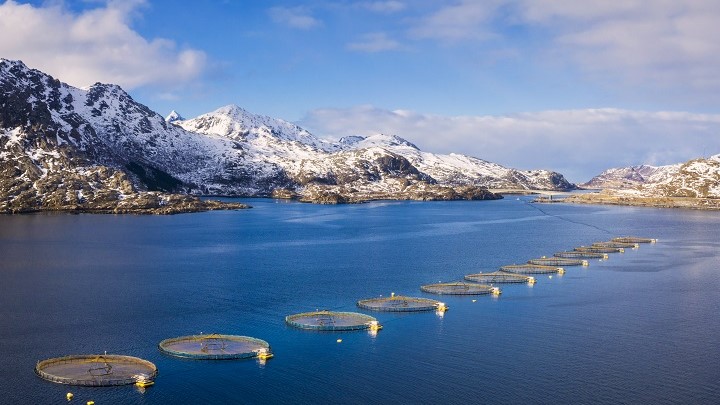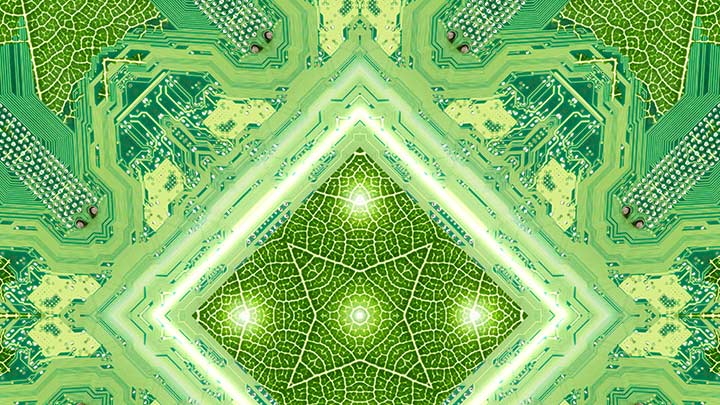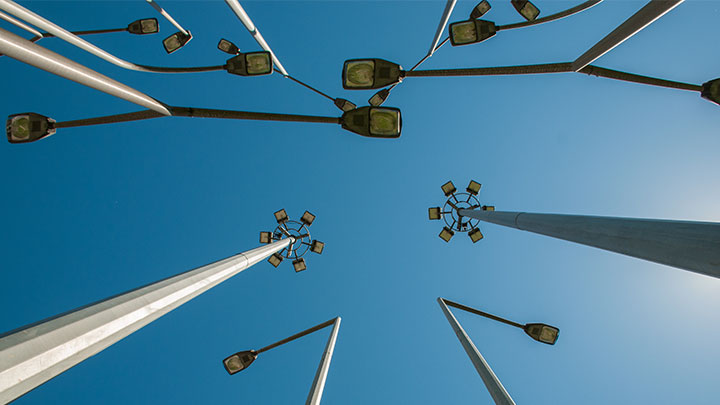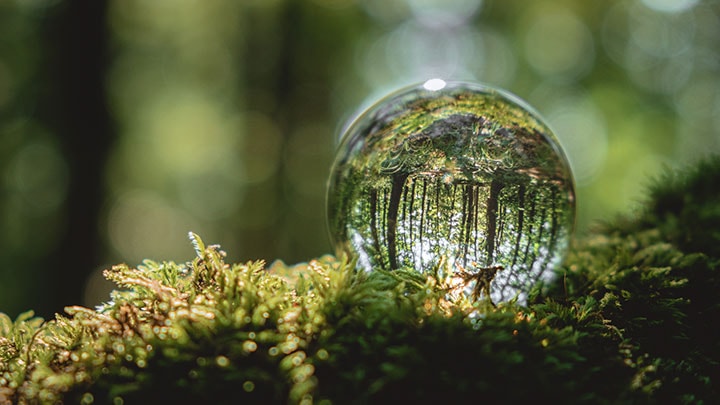Food systems account for nearly a third of GHG emissions and consume large amounts of natural resources. Sustainable food production, on the other hand, ensures fresh, healthy food for all while limiting its climate impact and securing fair economic returns for growers and farmers. Transitioning to this method of sustainable food production can reduce emissions and restore biodiversity by conserving land and natural resources.
